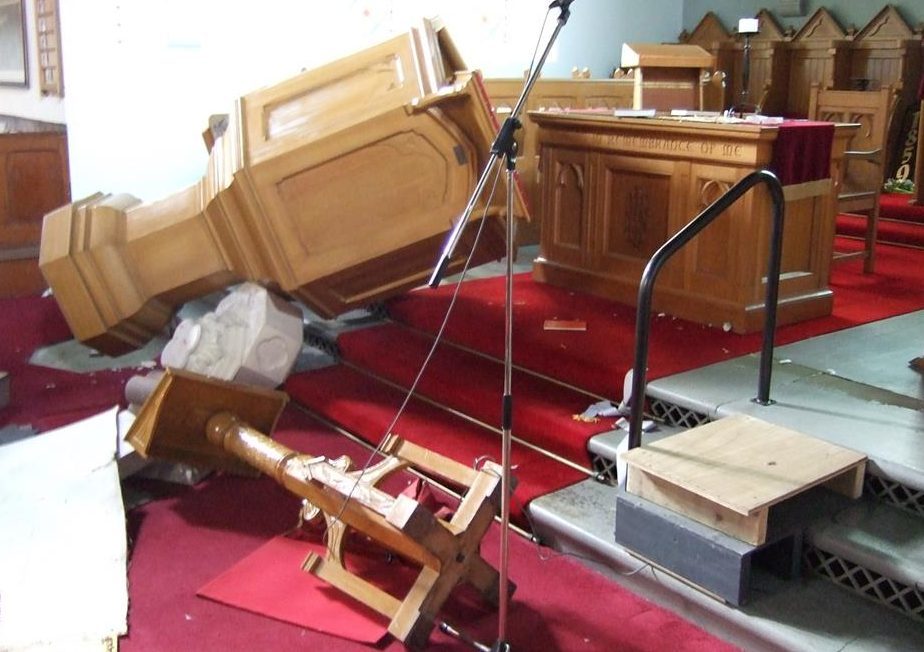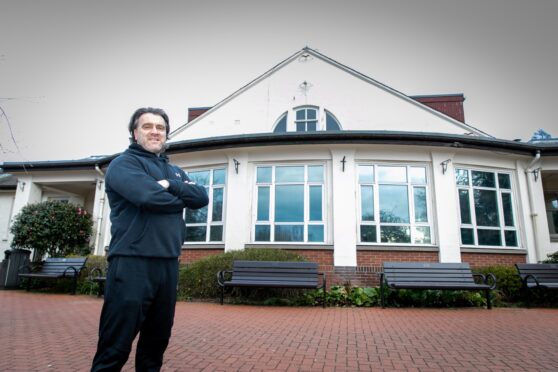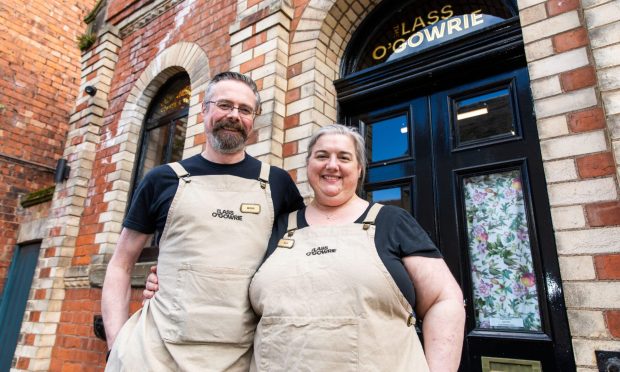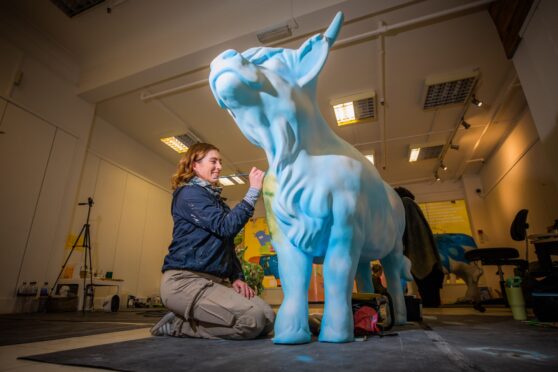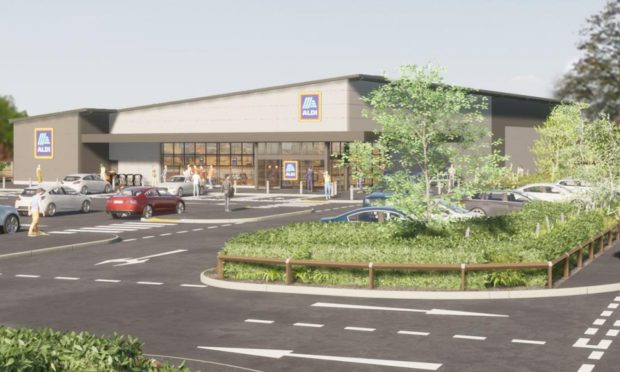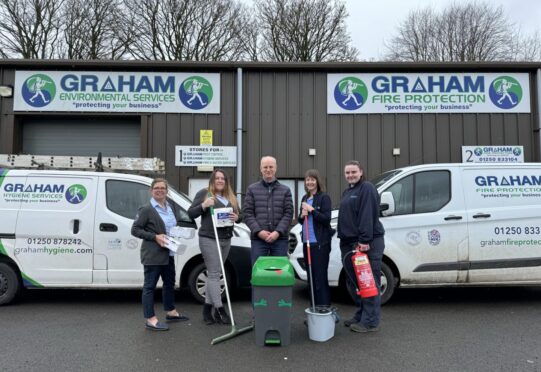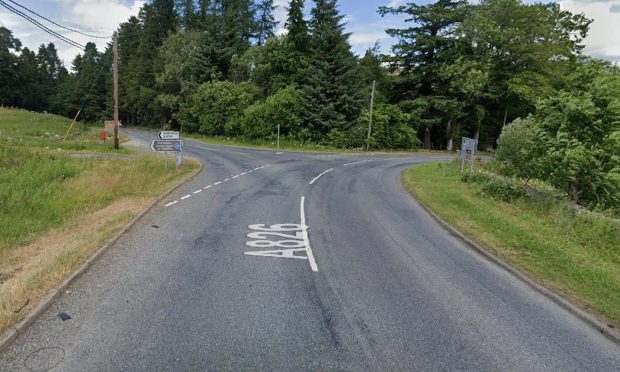Like a latter day Fagin, Andrew Park enlisted the help of a child to break into a Perthshire church. The youngster’s small stature allowed her to crawl down a tunnel to unlock a trap door to allow Park to gain entry.
He stole items worth more than £2,000 from Blackford Church and left a trail of destruction which not only upset the congregation but left them unable to use the church for worship for four months.
While I’m sure that retribution wasn’t the uppermost thought for the congregation, there must have been some satisfaction when Park was apprehended and subsequently sent to prison for 13 months.
While the people of Blackford attempt to put the unsavoury incident behind them it highlights a thorny problem for churches across Scotland – their attractiveness to thieves.
Many churches are not overlooked by watchful neighbours and appear to be growing targets.
They are easy pickings for the unscrupulous and often the costs to repair the damage – particularly in cases where lead has been stripped from roofs – can be a major headache in the aftermath of such attacks.
For past generations it was common to stop at remote rural churches to find the door open and strangers were welcome to wander about and enjoy the architecture and history of the building.
That level of trust seems unlikely to return any time soon but the alternative seems rather unappealing – church doors barred, valuables locked away and a need for CCTV surveillance.
Although congregations are dwindling, many traditional church buildings still occupy a place in the heart of the community so hopefully the vigilance of the public will allow churches to remain open as places of quiet contemplation for all and not secure fortresses, opened up only for the weekly service.
